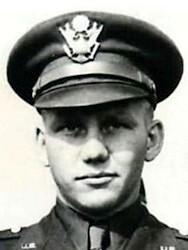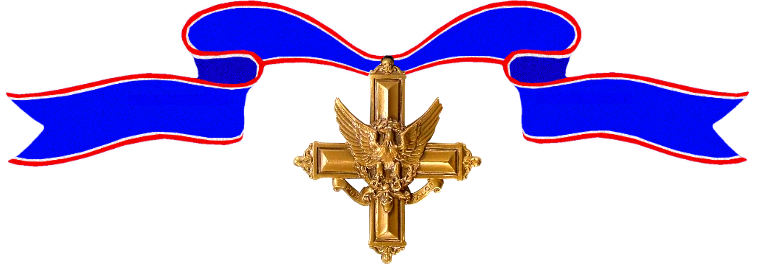Richard Starks’ Co-Pilot Second Lieutenant Donald A. Walter (who was killed in the attack) and his Bombardier Second Lieutenant Ewart T. Sconiers were also awarded the Distinguished Service Cross in this mission.

–
Born:
,
Home:
,
Buried:
,
Cemetery:
Awards Received
-

Distinguished Service Cross
-
Distinguished Service Cross
Service:
United States Army Air ForcesRank:
Second Lieutenant (Air Corps)Batallion:
414th Bombardment SquadronRegiment:
97th Bombardment Group (H)Division:
8th Air ForceAction Date:
August 21, 1942
Headquarters, European Theater of Operations, U.S. Army, General Orders No. 30 (1942)(Citation Needed) – SYNOPSIS: The President of the United States of America, authorized by Act of Congress July 9, 1918, takes pleasure in presenting the Distinguished Service Cross to Second Lieutenant (Air Corps) Richard Samuel Starks (ASN: 0431059), United States Army Air Forces, for extraordinary heroism in connection with military operations against an armed enemy while serving as Pilot of a B-17 Heavy Bomber in the 414th Bombardment Squadron, 97th Bombardment Group (H), EIGHTH Air Force, while participating in a bombing mission on 21 August 1942, against enemy targets at the shipyards in Rotterdam, Holland. Second Lieutenant Starks’ bomber began lagging behind the formation and became easy prey for the German FW-190 fighters. A shell went through the right windscreen and the Co-Pilot was killed instantly. The cockpit was wrecked, the top turret was blown out and Second Lieutenant Starks was severely wounded in the chest, arm, legs and his hands were badly burned. His oxygen mask had been knocked off and, barely conscious from lack of oxygen, Second Lieutenant Starks managed to call his Bombardier on the radio. Entering the cabin, the Bombardier quickly sized up the situation and put Second Lieutenant Starks’ mask back on, pulled the body of the co-pilot from the seat and controls, and took his place. The Co-Pilot noticed that two engines were losing power as he flew the stricken plane in sight of the coast of England. Although struggling with the controls while trying to manage the gyrocompass and stabilize the air speed, advised by Second Lieutenant Starks, the Bombardier finally managed to return the plane safely back for landing at Horsham St Faith. The personal courage and zealous devotion to duty displayed by Second Lieutenant Starks on this occasion have upheld the highest traditions of the military service and reflect great credit upon himself, the 8th Air Force, and the United States Army Air Forces.

